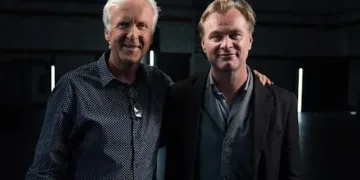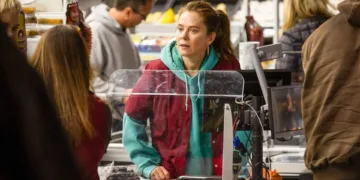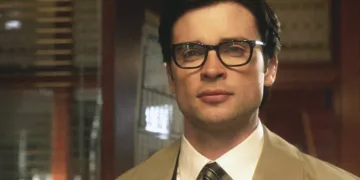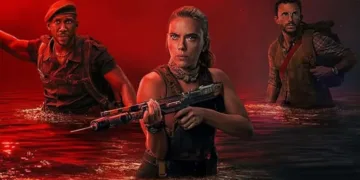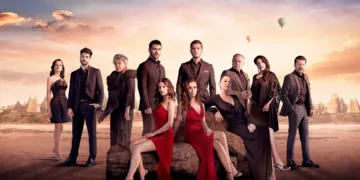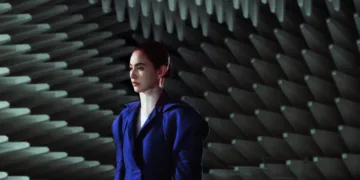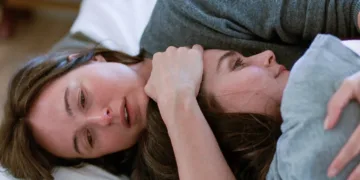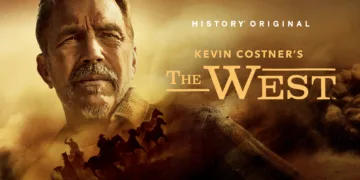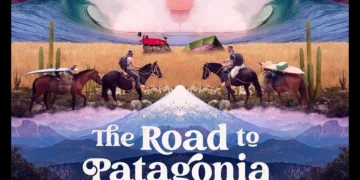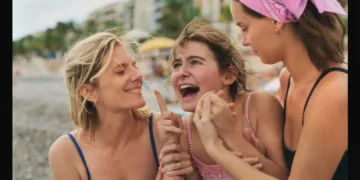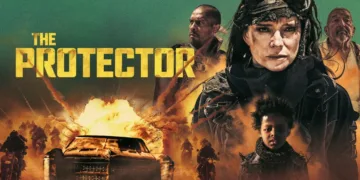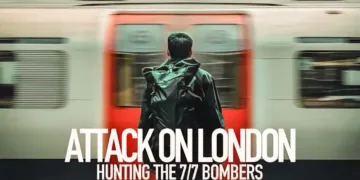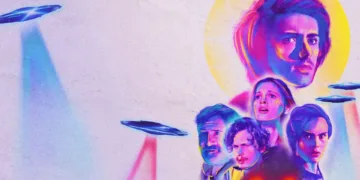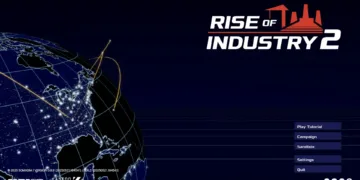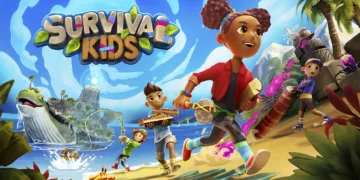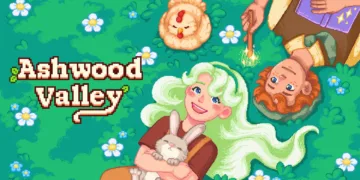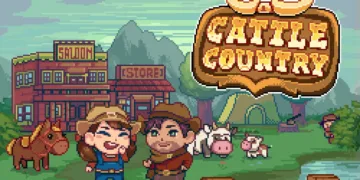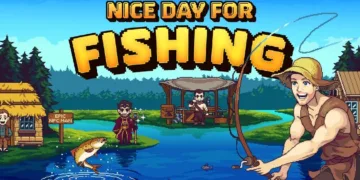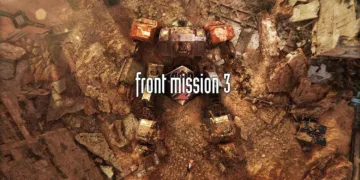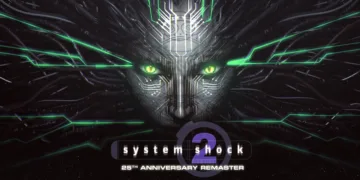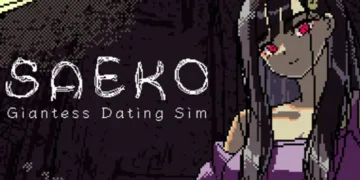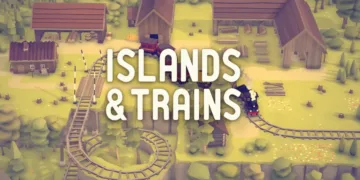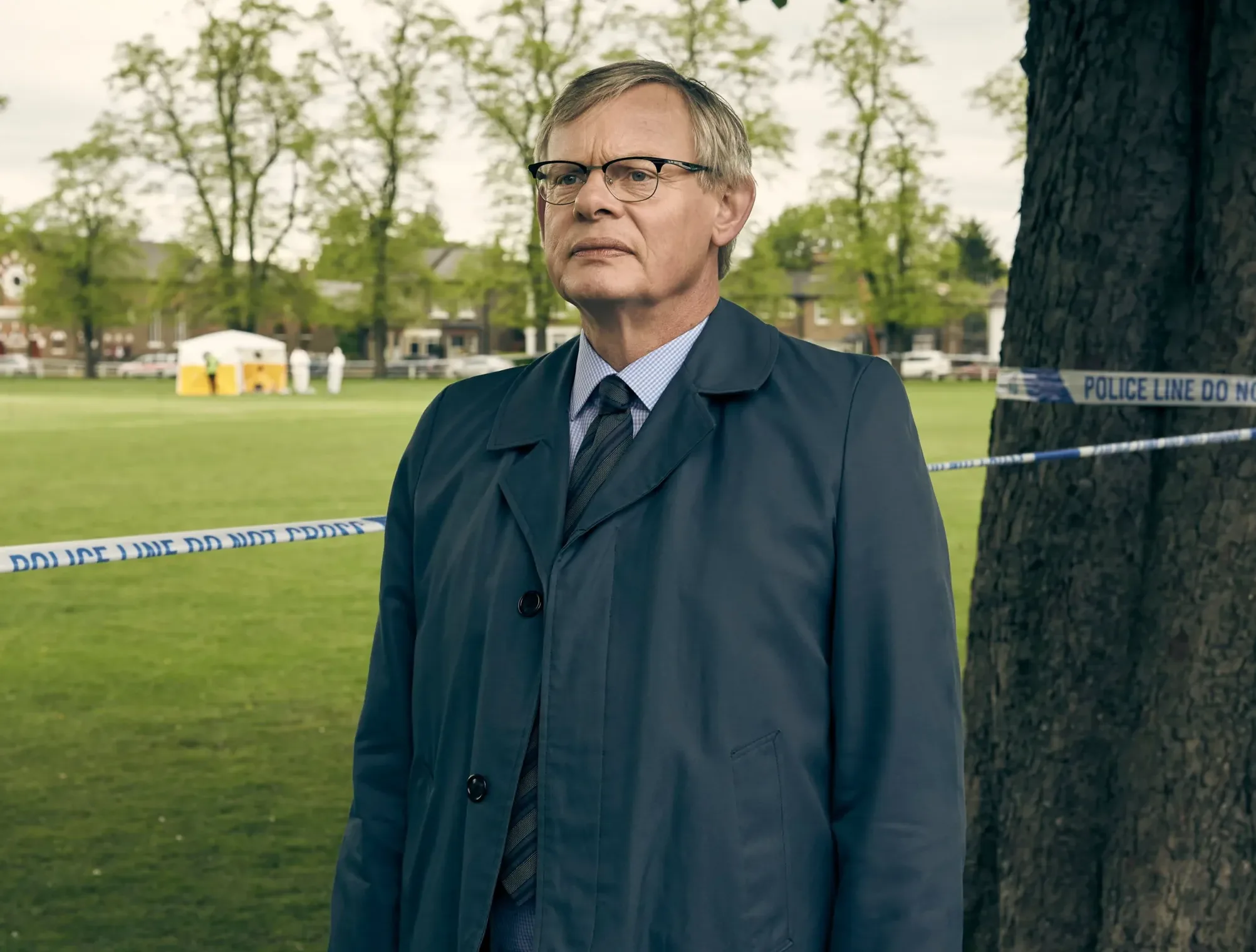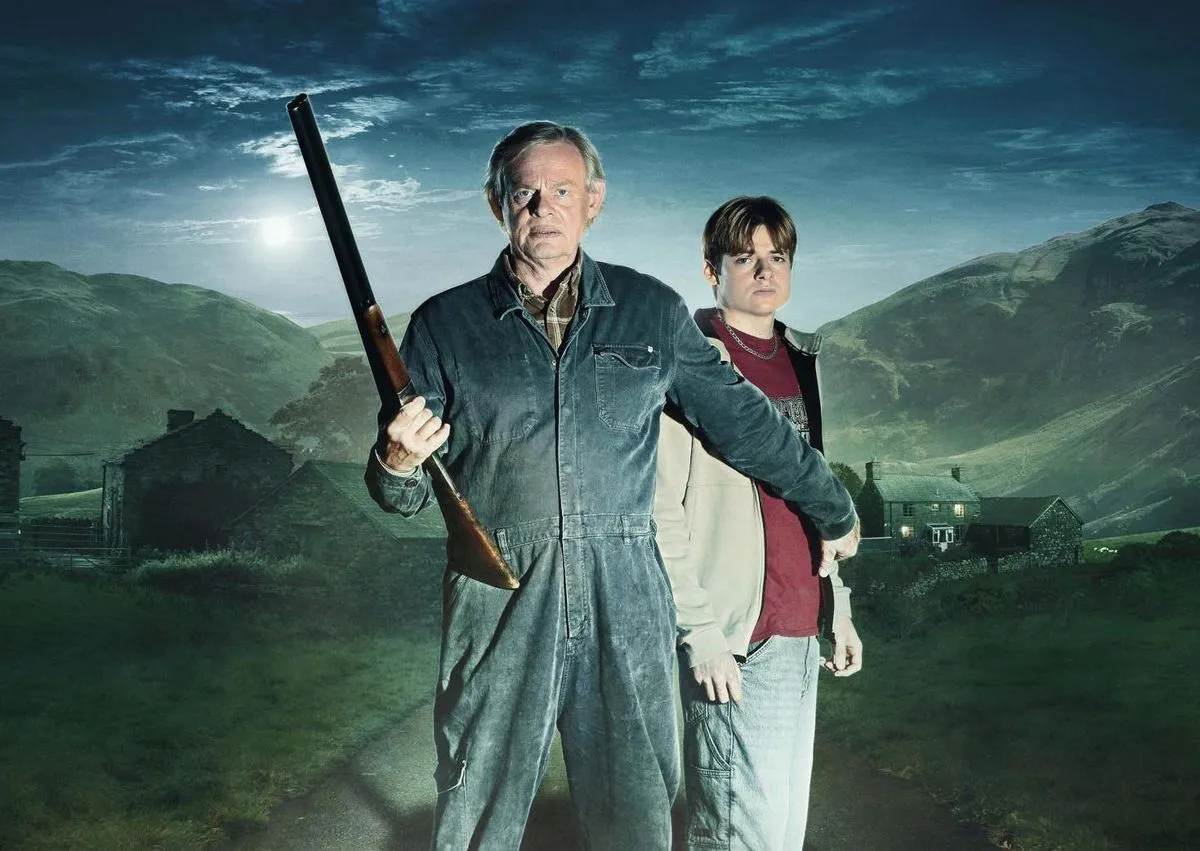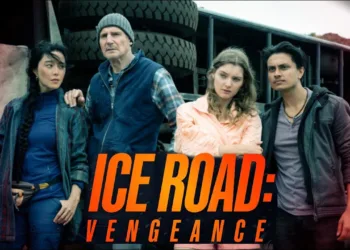“Out There” places viewers alongside Nathan Williams, a Welsh farmer dealing with today’s tough rural life. The show depicts family hardship amid economic problems and social breakdown. After his wife’s death, Nathan confronts two challenges: drug traffickers moving into the area and his family falling apart.
His teenage son Johnny gets pulled into county lines drug dealing through local troublemaker Rhys. This development sparks Nathan’s need to protect his child and shows how tough situations can lead young people toward crime. The story connects one family’s hardships to bigger social problems, showing Nathan’s personal fights alongside his community’s struggles with money problems and drugs.
The show reveals rural life’s harsh truths behind beautiful scenery. It shows how family ties clash with drugs’ appeal to young people, examining how money and social problems affect people’s choices. “Out There” shows rural communities’ weak spots and the deep-rooted problems behind these situations.
The Weight of Grief: Character Dynamics in “Out There”
“Out There” focuses on Nathan Williams, who faces both fatherhood and farming struggles. His tough appearance masks hidden pain. The show depicts his reactions to loss and shows how rural workers often suffer alone with their emotions, far from help.
His teenage son Johnny stumbles into county lines drug dealing. His story shows how young people handle sadness through wrong choices and bad friendships.
Johnny searches for friends and respect, which leads him toward crime. The show presents how family pain can muddy a teen’s choices, making Johnny’s story both touching and sad.
Other people in the show build its emotional world. Nathan’s brother Caleb shows old family fights. They show missed chances and broken bonds.
People like Rhys, who pull Johnny toward drugs, show how outside forces hit young people hard. The ties between all these people tell a bigger story about changing ideas of manhood, country living, and dealing with sadness.
“Out There” shows real country life without prettying it up. The story stays close to its people, giving an honest look at what rural towns face.
Echoes of Despair: Themes and Social Commentary in “Out There”
“Out There” shows rural life’s tough problems through connected stories of people and their town. Nathan Williams and his problems show what farmers battle each day – money troubles that could end their family businesses. The show reveals how big companies hurt local farms, and how money rules hurt real people.
Nathan meets property buyers and might lose everything, which brings up questions about small farms staying alive. Many people miss these farm problems, and the show displays the gap between pretty countryside pictures and the raw truth of farm work.
The show studies a father and son. Nathan and Johnny stick together yet pull apart, changed by the mom’s death. Their talks show how missing her affects what they do. The show puts sadness on screen, and tells of healing minds after death – a story many shows skip.
The drug trade parts of the show expose today’s problems. The story puts drugs in farm areas, different from the usual city stories about them. Young Johnny joins crime thinking it gives him control. The show displays why kids like him make these bad choices, going deeper than most TV shows.
The show brings these hard topics to screen honestly, joining other streaming shows that try new ways to tell stories.
Visual Elegy: Cinematography and Direction in “Out There”
“Out There” shows the pretty yet sad Welsh countryside, which acts like another cast member. The camera work uses greys and blues to match the sadness and loneliness in Nathan Williams’ world.
These colors match the story’s feelings about sadness and strength in farm life. Long shots mix pretty views with hard farm work, making a picture-story that sticks with people who watch.
The show moves slowly and carefully, like time passing on a farm. Each shot takes its time, letting people feel what the characters feel. Many TV shows rush and shock, but this one stays quiet. The show speaks through quiet moments – Nathan staring far away, or no one talking during dinner.
The show connects its people to the land around them. The countryside both traps Nathan and pushes him forward. New TV shows like this one mix place and story, going past just talking to tell their tales.
The Rhythm of Despair: Pacing and Structure in “Out There”
“Out There” runs six episodes that build both people and plot. The show moves at farm speed – slow and steady. This lets people watching really know Nathan and Johnny, and feel close to their problems. The show takes time with each part of their story, unlike many fast TV shows.
The show makes people feel worried and scared just enough. Things get worse bit by bit as Johnny mixes with drug dealers, making people scared without using cheap tricks. The show puts quiet spots in big scenes, like when Nathan fights to save his farm and son. These quiet bits make people think about what might happen next.
The show tells its story through its people instead of just moving from one thing to next. It stays slow and steady, letting people think about what the characters do.
Performative Depth: Highlights of “Out There”
Martin Clunes plays Nathan Williams with subtle skill. His acting shows both strength and pain as Nathan deals with death while trying to keep his farm going.
Clunes makes Nathan real through small details – quick looks and soft sighs – that show his hidden feelings.
He acts perfectly as someone carrying both work stress and sadness. His skill makes the character real and changes how people see farmers on TV.
Louis Ashbourne Serkis plays teen Johnny with honesty that many people will know. He makes us feel Johnny’s mix of hurt and confusion.
Serkis shows how Johnny handles his mom’s death while making bad choices he can’t take back. His acting helps people see why teens sometimes make poor decisions.
Serkis mixes light moments with serious ones very well. Both actors work together to tell a story about family troubles that many people will understand.
Echoes of Tomorrow: Conclusion and Future Prospects of “Out There”
“Out There” tells a sad story about loss and farm life. Nathan and Johnny show people real feelings about missing loved ones. The show mixes people’s pain with money problems, and shows the hard truth about failing farms and sadness. Pretty camera work and slow timing help tell the story well.
Next season might show what happens after Johnny’s drug problems and Nathan’s farm troubles. People want to watch more since they care about these two. Most want to see if Nathan fixes his mistakes and if Johnny learns hard grown-up lessons.
The people in the show could grow a lot. New stories about mental health, family, and small-town problems would make good TV.
The Review
Out There
"Out There" tells a story of sadness, strength, and hard farm life, showing what's wrong in our world today. Martin Clunes and Louis Ashbourne Serkis act well, and the show pulls people in with its mood and real characters. The slow speed and pretty look make people feel they're right there in the story. The show mixes family and town problems in a way that makes people watch and think.
PROS
- Exceptional portrayals by Martin Clunes and Louis Ashbourne Serkis enhance emotional depth.
- Beautifully shot landscapes create a haunting backdrop that complements the narrative.
- Deliberate pacing allows for character development and builds tension effectively.
CONS
- Some viewers may find the pacing too deliberate, potentially losing interest.
- The rural setting and themes may not resonate with all audiences.














